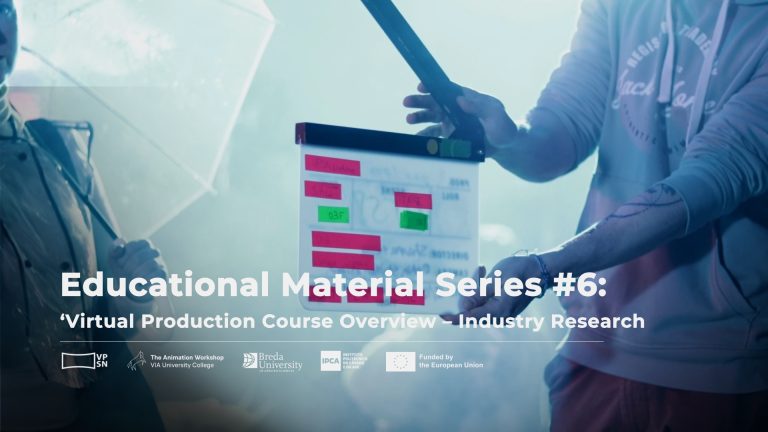At VPSN, we’re passionate about knowledge sharing. Our platform serves as a hub where students, professionals and VP enthusiasts can discover various resources, including workshop material, research and suggested information.
By featuring knowledge from creators like Andyax’s channel, we aim to provide diverse perspectives, enrich educational experiences, and offer valuable insights.
In this video (YouTube link), Andyax collaborate with other creators, such as Martina Langseth Knutset from Nerdforge, William Faucher (3D Generalist), VP Nordic (SE), and Aaron Wahab (Photographer) to work on a project involving a miniature castle made of 30,000 bricks.
Be sure to check out Andyax’s channel and their video!
Here’s a short breakdown of what you’ll hear more about:
In summary, this video showcases a collaborative effort to transform a miniature castle into a virtual asset using advanced scanning and Unreal Engine technology. It highlights the challenges and technical details involved in virtual production and provides insights into the process.
Project Overview: The video documents the process of turning a miniature castle made of 30,000 bricks into a 3D model using scanning technology and integrating it into the Unreal Engine for virtual production.
Collaboration: The creators mention their collaboration with William, who is involved in scanning the castle and working on the 3D model. Additionally, they discuss Aaron’s role in building real-sized bricks to enhance the physical set for the project.
Castle Creation: The castle was originally built for a fantasy movie called “Distance,” and they discuss the challenges and time it took to construct the castle.
Scanning Process: William explains the process of high-resolution scanning, emphasizing the importance of cross-polarization to capture color information accurately. The scanned data is to be used in the Unreal Engine.
Virtual Production: The video highlights the use of virtual production techniques, specifically mentioning the ability to dynamically change backgrounds based on camera movement, creating realistic scenes.
Setting Up: The creators share their experiences setting up the virtual production studio, including adjusting lighting, camera angles, and backdrops for different scenes, such as daytime and evening shots.
The Final Production: The video concludes by showing the final result of their project, a short film featuring the castle and Martina, one of the creators, within the virtual environment. The film showcases the castle’s integration into various settings, demonstrating the success of their collaboration and efforts.



